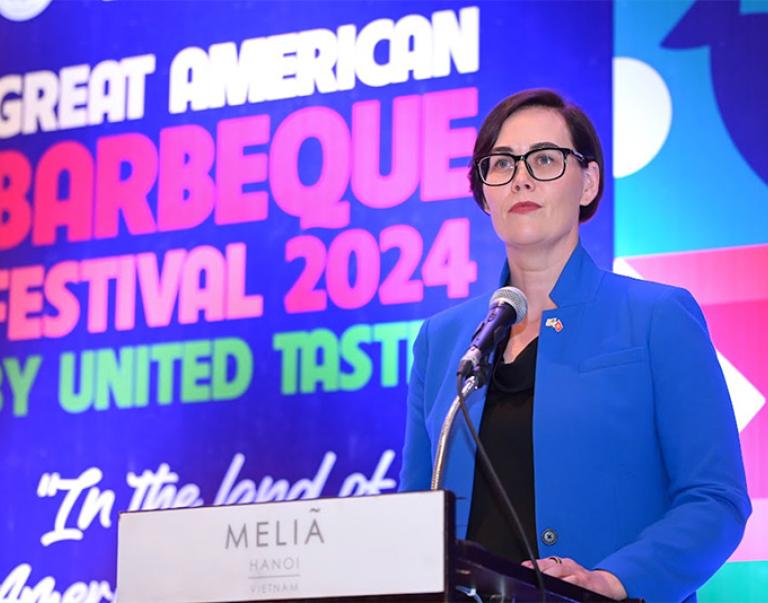It is the goal of every USDA Rural Development program to help improve the economy and the quality of life in rural communities across this country – but with some projects, the impact of agency investment is not always obvious in the early stages. Once in a while, however; you have one that creates an economic domino effect with a return on investment that is nearly immediate.
A great example of such a project is taking place in Mercer County, Kentucky, and involves the expansion and upgrade of the Harrodsburg Water Treatment Plant. In 2010, Rural Development provided loan and grant funds to increase the plant’s capacity from four to six million gallons per day (MGD).

Just as city officials prepared to break ground on the expansion project, a local manufacturer announced plans for an expansion project of its own – one that is a direct result of Rural Development’s investment in the water treatment plant.
Wausau Paper will begin work this summer to expand its Harrodsburg plant, which has been in operation there since 1990. The expansion will create nearly 400 jobs – in the facility and during construction – and increase the plant’s production of towel and tissue products by about 75,000 tons annually.

Wausau’s Chief Executive Officer Thomas Howatt said this investment was the largest in Wausau’s history. As a result of the expansion, Wausau will add 76 new jobs to add to its current workforce of 397. The expansion project also will create an additional 300 construction jobs during peak building period.
The Harrodsburg Water Treatment Plant provides drinking water for nearly 10,000 customers in Harrodsburg in Mercer County, including three wholesale customers – North Mercer Water District, City of Burgin and Lake Village Water Association. Mercer County is located in Central Kentucky has seen steady population growth over the last 60 years – a trend that was confirmed with the release of the 2010 Census data. Given its proximity to Lexington, that growth is projected to continue through 2025 and beyond.
Other funding sources for the project include a $1 million grant from the HUD Community Development Block Grant program.
To find out how USDA’s water programs can help your community, click here.




